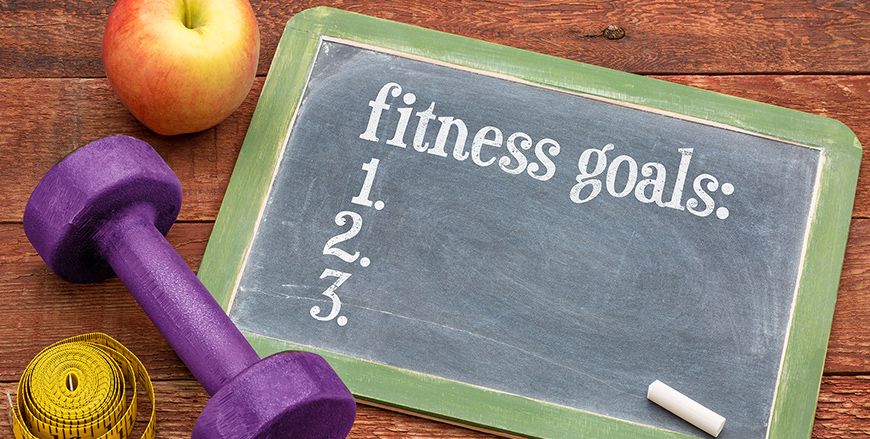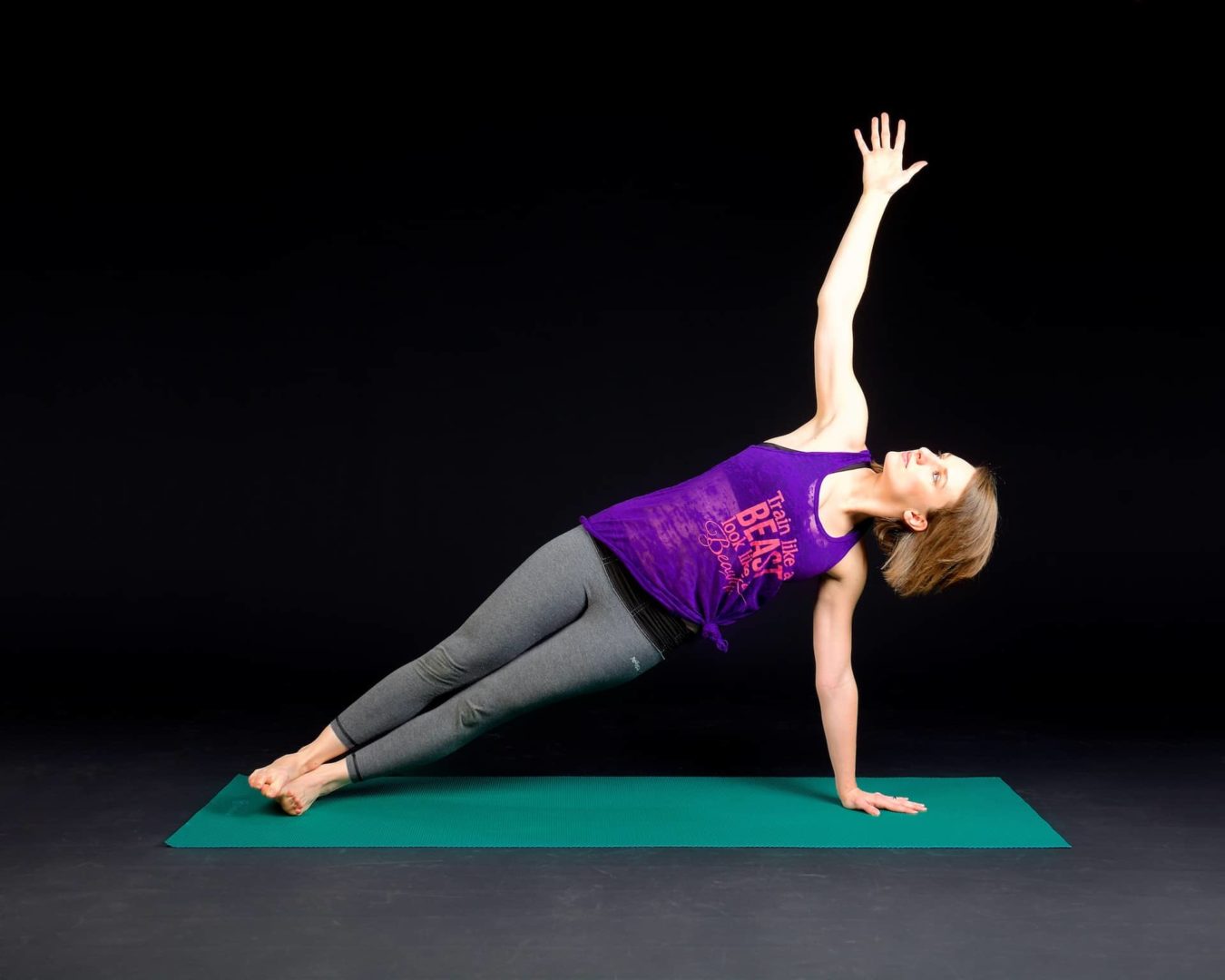A simple guide to effective fitness goal setting

Goal setting is an important first step in a successful fitness journey. Once you are clear on what you want to achieve, you can take the appropriate action steps to get there. Here are some simple guidelines to follow for effective fitness goal setting.
Set SMARTE goals.
First write down some ideas about what you want to achieve. What do you want to see, feel or do? Once you’ve got an idea of what you want, put your goals through the SMART test.
SMART is a well know acronym in goal setting circles. Each letter stands for a different word:
S – Specific
M – Measurable
A – Achievable
R – Relevant
T – Time Bound
Specific and measurable mean that the goal is clear and states exactly what you want to achieve. For example, ‘I want to be fitter’ isn’t specific, and the way the outcome will be measured isn’t clear. Re-write it to something like ‘I will be fitter because I will be able to jog 5km without stopping’.
Goals should be achievable (A) within the specified time frame (T) and should be relevant to the person who is setting them. This means you need to consider where you’re at now, what things are going on in your life, and when you will achieve your goal by. The fitness goal above could be re-written with a time frame such as: ‘I will be fitter because I will be able to jog 5km without stopping by the end of this year’.
The SMARTE model adds an extra letter to the end, which is perhaps the most important! E stands for exciting and enjoyable, because these are both things that will make it more likely that you will be driven to achieve your goals.
In addition to the common acronym above, there are a few other guidelines for effective goal setting.
- Know your ‘why’
You need to have a deep rooted emotional connection to your goal. What is the pain you are avoiding, or what is the pleasure you are seeking? A strong emotional driver will make it much more likely for you to achieve your goals
- State your goals in positive language
There may be an underlying negative emotion that has driven you towards setting your goal. However, when you actually write out your goal, make sure it’s written in positive language so that it describes what you want, rather than what you don’t want
- Make your goals visual
Make yourself a vision board of your goals, or at least find pictures and photos that inspire you towards your goal. Put them in prominent places where they will help kick you into action. These could be aesthetic photos, or photos that show what you will be able to do once you reach your goal.
- Remind yourself of them often
Write your goals down and read them often. You may want to practice regular goal writing in a journal as another way to remind yourself of what you want to achieve. It’s a good idea to also write out your ‘why’ when you do this, seeing as it’s the underlying emotions behind your goal that will push you forward.
After you are happy with your goals, start brainstorming action points that will help you get there. Do you need to join a local fitness community or find some healthy eating ideas? Slowly but surely work through the action steps that will get you where you want to go.







Responses